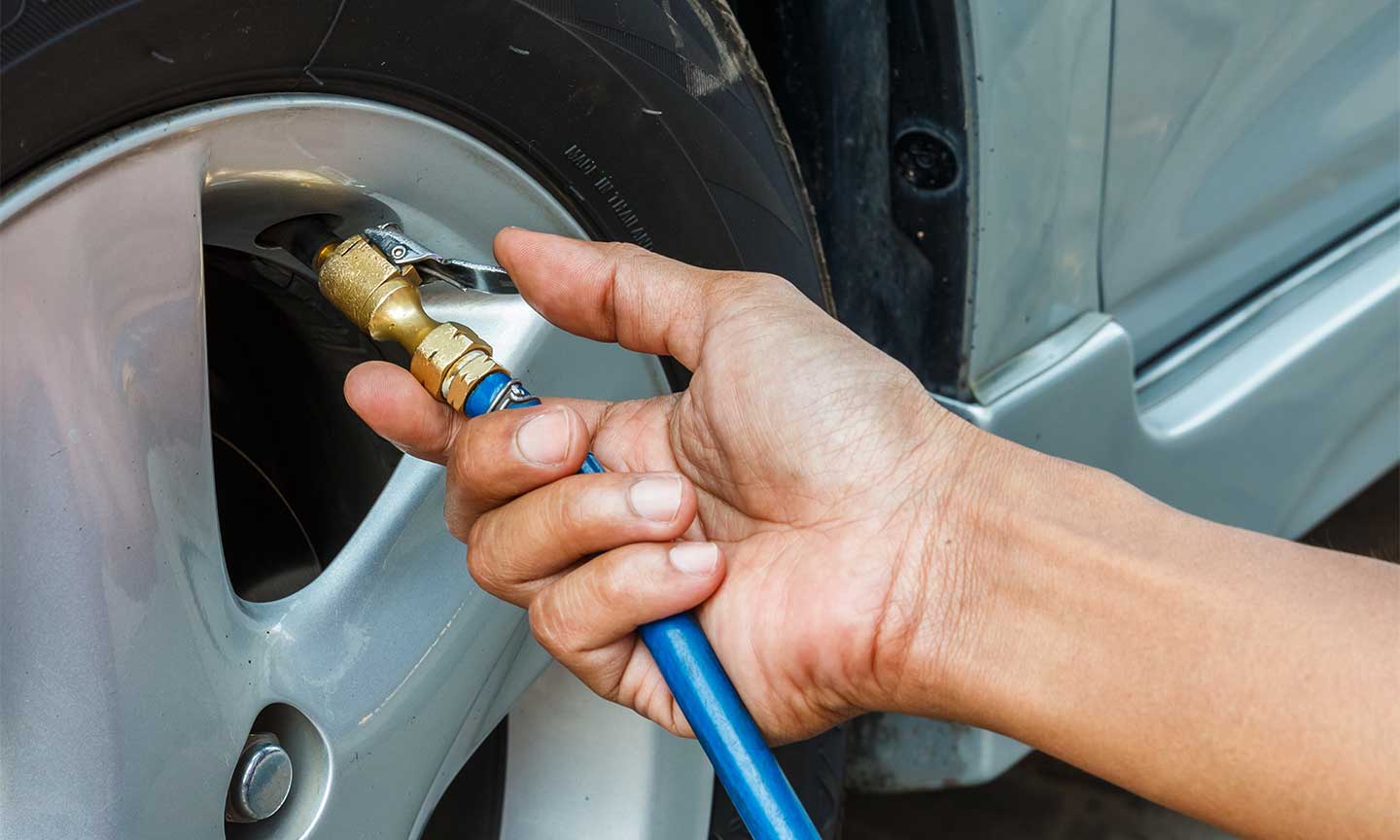How to Keep Your Tires Properly Inflated and Why You Should

Just like everything else automotive, tires can be a bit of a mystery. You know you need them, but if you’ve never had to inflate them yourself, it can be a little intimidating. Happily, learning how much air to put in your tires, when to do it, and how to do it is easy once you learn a few basic Gunn Chevrolet tire tips.
Why it’s important
Before you get to pumping up your tires, it’s important to understand why proper inflation is such a big deal. Under-inflated tires are:
- Dangerous. If you let your tires get too low, you’re running the risk of a blow-out. And, that’s not nearly as much fun as it sounds.
- Costly. Over- or under-inflated tires will lose their tread faster. And we all know tires aren’t cheap, often found around $100 a pop.
- Inefficient. Ever try to ride a bike with a flat tire? That’s how your car feels driving on under-inflated tires. It takes a lot more energy, and energy means gas.
When to do it
When your tires are really low, you can usually see that flat pancake look spread against the road, but it’s not always easy to eyeball it. Get a tire pressure gauge. Digital gauges work the best, and the best part is they’re very affordable. Buy one and keep it in your glove box.
It’s best to check your tires when they’re cold. If you’ve been driving a lot, give them an hour to cool or check them in the morning.
How much to add or let out
To find out what pressure you want, open your driver’s side door and along the door jamb you’ll see a sticker. It might read something like 32 PSI (pounds per square inch). You can also usually find this by a quick internet search for your specific model and the words "tire pressure."
Now you’re ready to see what your current tire pressure is. The gauge is easy to use. Just unscrew the little valve cap on your tire. (Those little guys have a way of disappearing, so put it in your pocket for safekeeping.) Press the open end of the gauge tightly onto the valve. Don’t worry if you hear a hissing sound when you press it on and take it off. That’s normal. The readout will display your current tire pressure.
How to do it
Unless you have an air compressor lying around, you need to get to a gas station with an air pump. Pull up close so you can reach all four tires with the hose. Take the valve caps off before you start the machine as it usually runs on a limited amount of time.
To add some air, just stick the air hose onto the valve, the same way you did with the gauge and add a little air. Don’t go crazy adding too much air. If the hose doesn’t have a built-in gauge, take the hose off and check the pressure again with yours.
Before long, you’ll get a handle on how long it takes to add a few PSI. If you add a little too much, just press down on the little stem in the middle of the valve with a pen or your fingernail and hold it to release air.
Do this with all four tires and you’re good to go!
It can be incredibly satisfying to confidently perform small vehicle maintenance procedures like this on your own, but sometimes you want to leave it up to the pros. That's where the Gunn Chevrolet Service Center comes in. Our certified service technicians are ready to take care of all of your automotive maintenance needs, so if you need us, please contact us online or visit our Service Center.
